Pie Crust 101
barb5
14 years ago
Related Stories
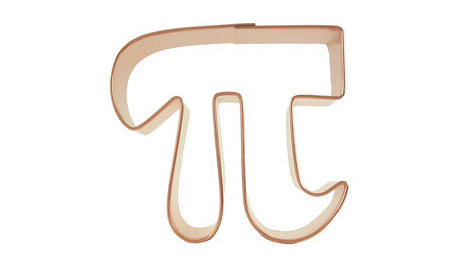
PRODUCT PICKSGuest Picks: Pi Day + Pie Stuff = Yummy Fun
Add these tools and accessories to your baking arsenal and watch smiles multiply
Full Story
COFFEE WITH AN ARCHITECTDesign Explained in Pie Charts
If you've ever wondered about the creative process of architects and designers, check out these simple charts
Full Story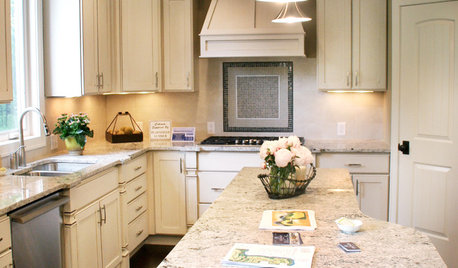
KITCHEN DESIGNKitchen Countertops 101: Choosing a Surface Material
Explore the pros and cons of 11 kitchen countertop materials. The options may surprise you
Full Story
BATHROOM DESIGNBathroom Countertops 101: The Top Surface Materials
Explore the pros and cons of 7 popular bathroom countertop materials
Full Story
KITCHEN DESIGN16 Scrumptious Eat-In Kitchens and What They Want You to Serve
Whether apple-pie cheerful or champagne sophisticated, these eat-in kitchens offer ideas to salivate over
Full Story
ORGANIZINGThe Organized Home: Shelves, Cupboards and Closets
Neat as a pin is as easy as pie when you take take home organizing one step at a time. From pantry to office, we'll help you get there
Full Story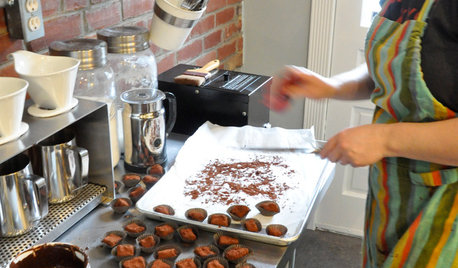
KITCHEN DESIGNLove to Cook? We Want to See Your Kitchen
Houzz Call: Show us a photo of your great home kitchen and tell us how you’ve made it work for you
Full Story
KITCHEN DESIGNHouzz Call: What’s Cooking in Your Kitchen?
Most of us turn to recipes, videos and culinary shows when we cook. Where do you set your cookbook, tablet or TV screen?
Full Story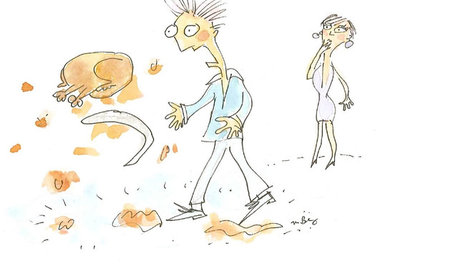
MOST POPULARThanksgiving Tales: When the Turkey Tanks
Houzz readers prove adept at snatching victory from the jaws of entertaining defeat
Full Story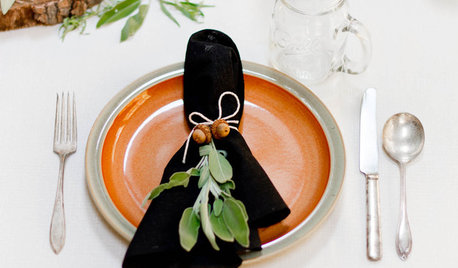



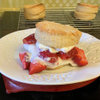
canarybird01
canarybird01
Related Discussions
Help! Need CRISP pie crust recipe for one crust cream pie!!
Q
The results of pie crust 101, or why I hate Thanksgiving
Q
Pie crust...again!
Q
Pie for Breakfast--Pumpkin Pear Chocolate Crust
Q
grainlady_ks
colleenoz
maureen_me
annie1992
lindac
piegirltoo
rachelellen
sheshebop
cloudy_christine
barb5Original Author
canarybird01
annie1992
lindac
marys1000
loves2cook4six
barb5Original Author
carol_in_california
Bumblebeez SC Zone 7
jessicavanderhoff
Ideefixe
lpinkmountain
lindac
User
piegirltoo
User
beth4
barb5Original Author
ghoghunter
lindac
ghoghunter
lindac
Rusty
sheshebop
Cloud Swift
colleenoz
jessicavanderhoff
beth4
jessicavanderhoff